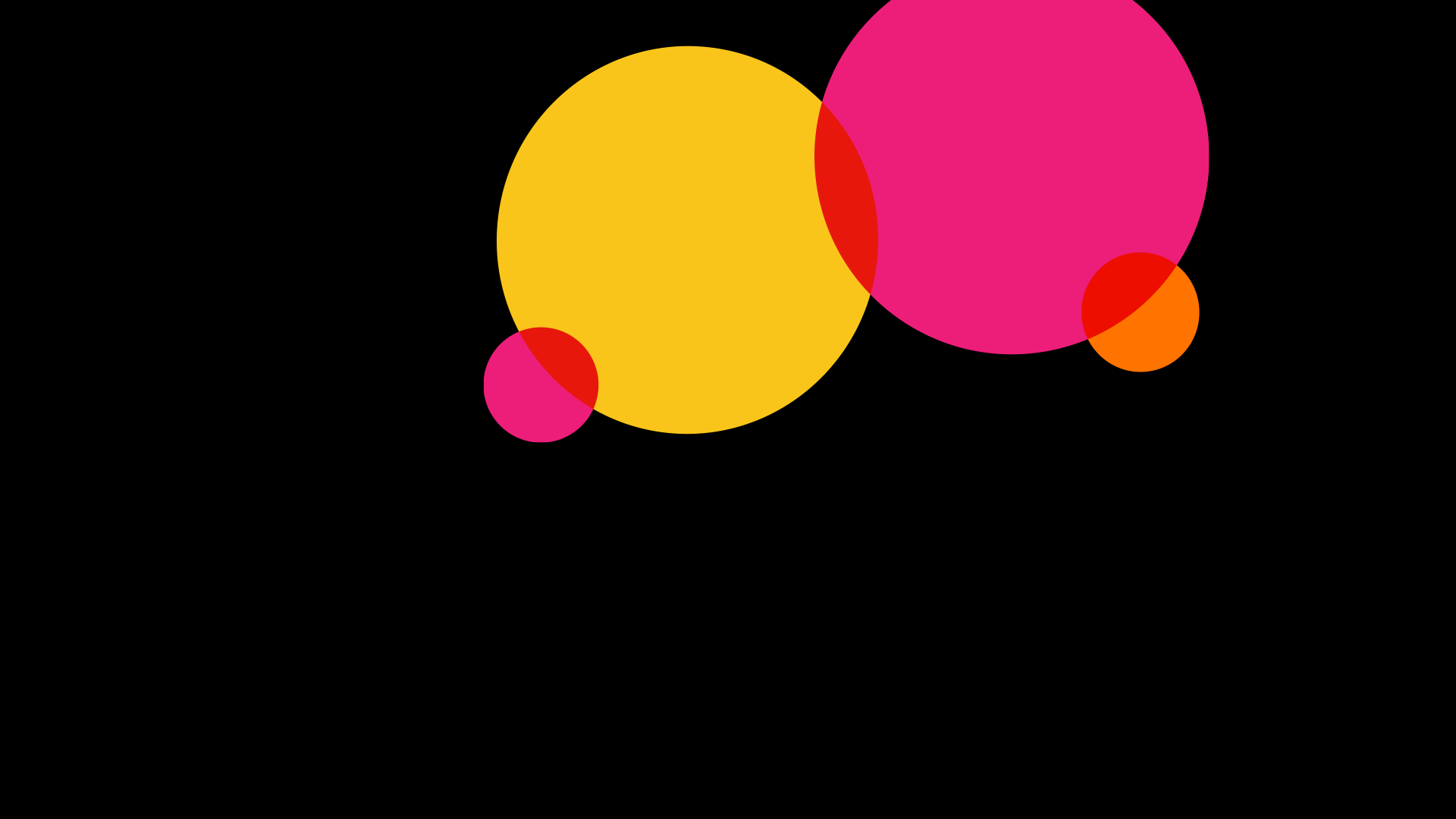Dan: Well, not only can we not live without the natural world, we are the natural world. Rediscovering that we are part of, not apart from, nature is a major part of the mindset shift that needs to happen.
Anja: Absolutely. That’s why it’s so apt to ask what the responsibility of the activist consultant is.
Gilmar: Or the responsible designer. Let’s call it that.
Anja: The words are interesting, because they suggest that people who have an impact on sustainable outcomes are the uncomfortable disruptors of the world, campaigners who stick themselves to the M25 et cetera. It’s none of that. It’s actually making sense of business decisions, enabling businesses to make the right decisions in the first place by enabling them to see the impact they have on the environment. It’s also about the positive outcomes that can be generated by changing the way a business is run, how it designs products or delivers a service, or comes up with new ones. Our responsibility is to shape a positive future, to help businesses to opt in to that by making the decision to go on that journey. We can do this through prototyping, through designing scenarios, through helping businesses take a structured approach to decision-making in terms of which journey they take, which scenario they engage with.
For example, the idea of ‘light as a service’, which I know Gilmar was working on with Zumtobel Group, that’s a very interesting concept. You would no longer own light bulbs or buy light bulbs, you’d lease them and lease the service that delivers light. It’s a completely new concept for designing products and the services around them. That has other connotations the businesses involved need to be aware of. How does this get delivered to an organisation? How does it get returned back to the organisation? What new approaches will businesses need to engage with as a maintenance service? Our responsibility as designers is to help a business visualise the future, to understand how the future can be made a reality. And no single design discipline, let alone single designer, can do that on their own. The complexity of multiple physical, digital, environmental and human touch points requires multi-disciplinary collaboration and problem-solving.
Dan: It’s incumbent on anybody working in the professional services industry, in whatever guise, to ask themselves a fundamental question – are you following or are you leading client demand? I have a friend who tells a story of meeting up with a bigwig at one of the Big Four, and was told by said bigwig, “look, our job isn’t to make our clients believe in the science and what it means for how they need to transform their business model. Our job is to meet them where they’re at, and nudge them in the right direction. If you want to change the world, go and be an activist”. I thought that’s an extraordinary point of view to have. It’s offensive on so many levels, not least the idea that you’re comfortable monetising insufficient incremental change. It’s an insult to the client who’s coming to you as a consultant, because you’re supposed to be the expert, guiding them in developing appropriate strategies. It’s also dismissive of the cognitive dissonance many consultant friends of mine feel when they understand, on the one hand, the pace and scale of change that’s required, and on the other, they see the day-to-day reality of many of the client engagements they’re working on. It insults their intelligence to imagine they can’t see and feel that disconnect.
Gilmar: Where will this lead us? Because that cognitive dissonance can only grow stronger as the climate clock winds down, right?
Dan: There’s a lot of talk about regeneration, and now degrowth is cropping up much more in conversations. You can understand why people are saying that, because a paradigm shift is coming, one way or another. We will either be consciously and deliberately planning for it, for example, via degrowth, or it will happen as a consequence of our inaction, where ecological collapse renders the status quo impossible. The challenge for us, as consultants, is to find the people and businesses who already understand that, and help them and guide them through that process. There’s a limit to what we can do if we expend our time and energy trying to persuade people whose livelihoods depend on not being persuaded. There’s an old Bucky Fuller line – “You never change things by fighting the existing reality. To change something, build a new model that makes the existing model obsolete”. So, working with clients, and working across our professions, how can we be part of building a coalition of the willing to push that agenda forward and show there is a different way?





